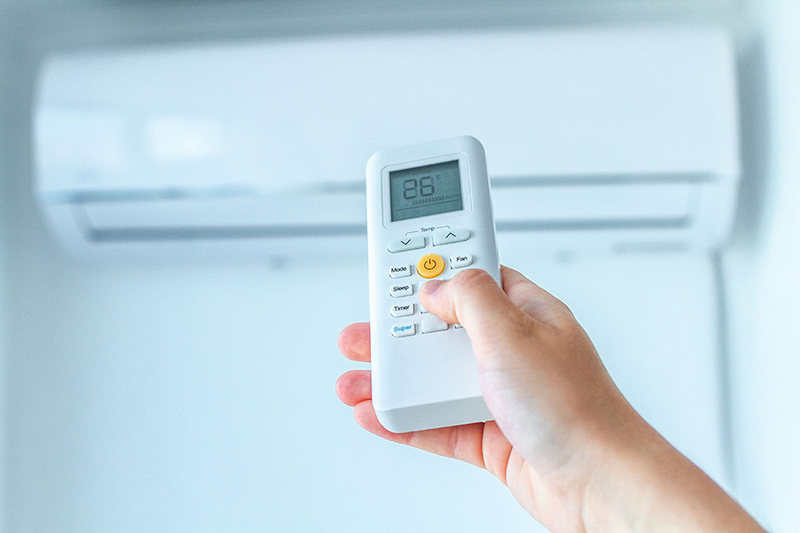
In our previous article, we had a look at VRV and VRF systems - essentially two different terms referring to the same system. This system has its own set of advantages and disadvantages, and we’ll look at them in this article. It is typically used in modern air conditioners, like that Daikin 5 ticks or Mitsubishi 5 ticks air conditioner you just got. To recap, the VRV/VRF system is a sophisticated technological system that goes by certain bases. As technology advances over the years, so has this technology! Advantages of VRV/VRF Systems Useful in Fluctuating Temperatures and Weather In Singapore, it’s common to experience a thunderstorm one moment, and relentless heat the next. Our weather swings from one extreme end to the next frequently, which makes the VRF air-conditioning system suitable. This system gets rid of manual settings because of its controls that allows it to adjust the temperatures for cooling comfort. Full Operational Control Its accurate control results in full control over operations, helping users save costs and energy to cool spaces that are not used. The automatic features and operational controls lead to reduced power consumption, letting users save utility costs over the long run. Easily Expandable You can expand the system according to your needs easily because of its modular design. For example, if your office building needs more cooling requirements over time, you can expand the system to meet your needs. Designate Different Units All you need is a single VRF air-conditioning unit to assign different units to your home or office. This is helpful because you need not have a corresponding large space to install them. The installation costs would also be affordable alongside incredible efficiency and cooling performance. Easier to Install VRF systems require fewer electrical wires relative to multi-split air-conditioning systems, making it easier to set up during installation. It also prevents users from incurring additional costs. Efficient Since the VRF system has the ability to detect the precise room temperature, it is a capability that helps it attain greater efficiency in its cooling. It can achieve the temperature you desire optimally to provide you with cooling pleasure. Adaptable As the performance of the VRF system is determined by the outdoor environment, it allows the system’s operation to function efficiently and deliver cost benefits in the long term with its adaptability. Disadvantages of VRV/VRF Systems Professional Installation Required It is imperative that you get a professional to perform the installation and other works so that the VRF system will run properly for a long period of time. An expert needs to set up different air-conditioning pipes and joints before setting up the air-conditioning units. Any error, even a minute one, can be difficult to determine because of the extensive work involved in the installation process. Complicated Installation Since installation can be complex, it can be a setback when problems like leaks happen. Take this into consideration because it can be a headache to resolve when issues crop up!